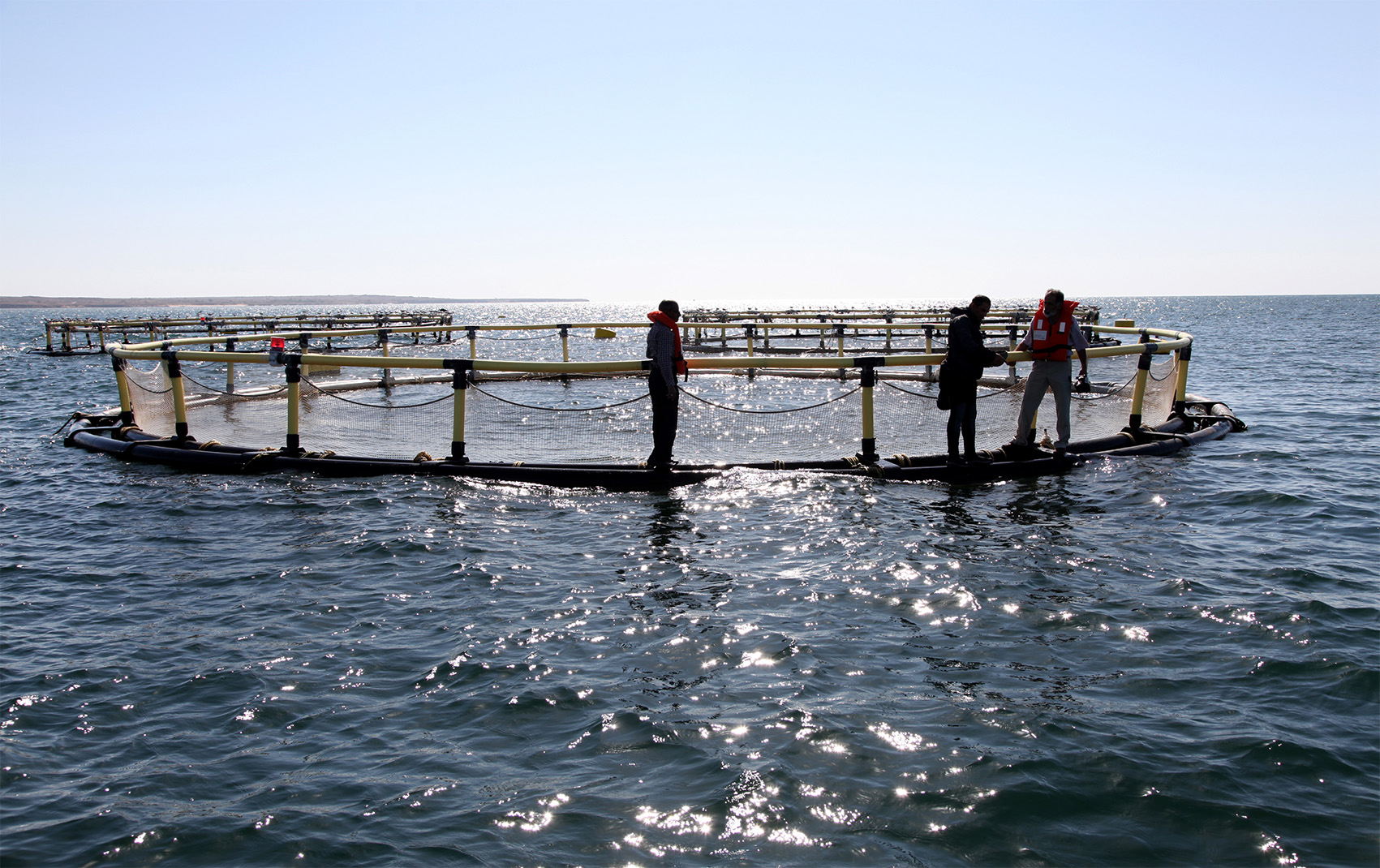Iran exported some 68,000 tons of seafood worth $228 million during the eight months to Nov. 21, registering a 26% and 41% increase in weight and value respectively compared with the corresponding period of last year, the director general of Seafood Quality Improvement, Processing and Market Promotion Department affiliated to Iran Fisheries Organization said.
“Close to 13,670 tons of this amount worth more than $62 million pertained to shrimp exports, which indicates a 161% and 160% growth in volume and value respectively year-on-year,” Isa Golshahi also told Financial Tribune.
The official noted that seafood exports in the last Iranian year (March 2016-17) amounted to 110,000 tons worth $412 million, showing a 34% and 18.5% growth compared with the previous year.
The main export destinations for Iranian seafood over the period included Oman, the UAE, Lebanon, Vietnam, Germany, Italy, France and Spain.
“Seafood production in Iran annually accounts for only 1% of the country’s agricultural production, but constitutes close to 10% of the average value of agro exports. This reveals that the field has high capacities to earn revenues for the country, provided it is adequately supported by the government and the private sector alike.”
> Imports Pursue Two Purposes
According to Golshahi, seafood imports mostly take place in two areas: First, for supplying the raw material demand of conserve production units, as they annually require between 40,000 and 45,000 tons of fish worth $90 million.
Second, 15,000 to 17,000 tons of fish worth nearly $51 million are annually imported by processing industries that produce fillets, burgers, nuggets, etc.
Hassan Salehi, the head of Iran Fisheries Organization, told Financial Tribune that the seafood industry has created close to 82,500 jobs in Iran.
“We officially started cage fish farming in Iran in 2007-08. This relatively new method has created around 2,200 jobs,” he said.
> Cage Farming Gains Momentum
Salehi estimates that some 20,000 tons of fish will be produced through cage farming by the end of the current fiscal year (March 20, 2018) in the 530 cages installed in the country’s water bodies so far.
Hossein Ali Abdolhay, deputy for Aquaculture Development with Iran Fisheries Organization, said out of last year’s 1.09 million tons of seafood production, close to 10,000 tons were produced through cage farming to register a 300% hike compared with the previous year.
“Nearly 7,700 tons of this amount were farmed in cages installed in the Persian Gulf and Oman Sea in the south and Caspian Sea in the north. The rest were farmed in cages set up in lakes behind dams and other inland water bodies," he said, adding that close to 5,000 tons of fish farmed in cages worth $25 million were exported last year.
Noting that production of cages for fish farming accounts for only 10% of production costs, Abdolhay said Iran is currently in the process of indigenizing the technology for making these cages.
> Foreign Cooperation, Investment
“In October 2016, Iran’s Shipbuilding and Offshore Industries Complex and the Norwegian AKVA Group that produces aquaculture equipment, namely steel and plastic cages, as well as feeding software, signed a memorandum of understanding to establish feed barges in Iran," Golshahi said.
The official noted that several Iranian companies are producing pipes used in fish cages under the AKVA Group license and exporting them to regional countries.
Yet, he said Iran still lags behind in technical matters like design and installation of cages, noting that foreign companies do not easily transfer their know-how in these areas.
Golshahi further said foreign investors are interested in Iran's fisheries market that holds a great deal of opportunities.
"Iran is currently in talks with a host of countries, including Japan, Vietnam, France, Denmark and Norway to expand cooperation in the field," he said.
“For example, in the field of pelagic fish production alone, we have attracted some $20 million worth of investments to implement two projects. One is in cooperation with Norwegian partners to produce anchovy in northern Iran and another with Vietnamese investors to produce lantern fish, sardines and sardinellas on the southern Qeshm Island. We expect the investments to reach $50 million within the next three years.”
Iran Fishery Organization has defined projects in the fields of aquaculture, fishing, processing, marketing and trade, for which it supports domestic and foreign investments.
“These projects are all part of a supply chain encompassing all stages of producing fish eyed eggs and fingerlings to the final stage of consumption and exports. In the processing industries, we grant support to investors interested in the construction, completion or development of seafood processing units that create value-added goods,” he said.
> Protecting Fish Reserves
According to Abdolhay, some 350 million juvenile fish were released into Iranian water bodies by Iran Fisheries Organization to preserve the country's fish reserves.
“We also set spatial and temporal restrictions on fishing in different areas every year for the same reason. On top of that, we have 'protection units' that tackle illegal fishing, especially in 'No Fishing Zones'," he said.
The Iranian Fisheries Science Research Institute is in charge of resource management by evaluating and determining the time, location and amount of harvest every year.”
Abdolhay concluded that the Sixth Five-Year Development Plan (2017-22) tasks Iran Fisheries Organization with producing 800,000 tons of fish in farms by 2022, some 200,000 tons of which will be produced by cage farming and the rest would comprise warm and cold water fish, shrimps and sturgeons.



